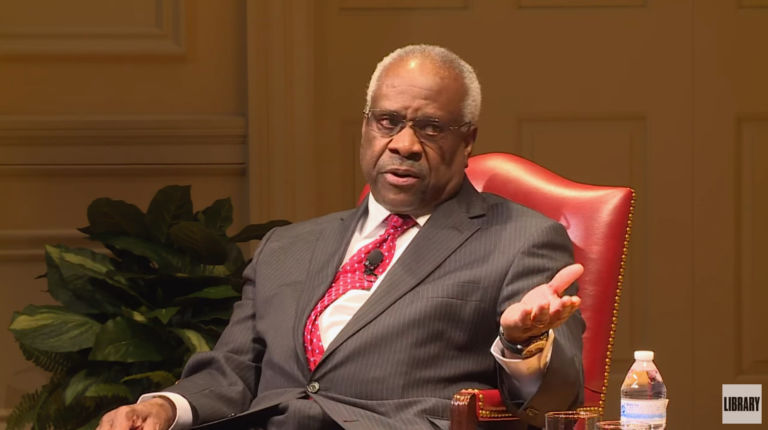What purpose do unemployment benefits serve? Are they a way to tide the unemployed over until they find new jobs? It turns out that the answer is no, not any more. Now jobless benefits are supposedly an incredibly powerful economic stimulus.
If true, that would mean Republicans in North Carolina who passed unemployment insurance reform in order to promote employment while repaying federal debt are not only being "cruel … and meanspirited," but also causing real damage to the economy.
Can it be true? Can paying people not to take jobs be a major boon to economic growth?
Like grabbing feathers and flapping like mad
I remember the first time I encountered the notion of unemployment checks as economic stimulus. It was when Obama senior adviser Valerie Jarrett spoke at N.C. Central. It struck me then, as it strikes me now, as a manifestly stupid idea. It seemed then to be so self-evidently wrong that anyone would dismiss it after giving it an inkling of thought, like the idea that people could fly if they held feathers in their hands and flapped their arms hard enough (or that consumers could force gasoline prices down by buying only ten dollars’ worth at a time, but that’s another story).
In other words, it didn’t seem to be the sort of thing that would require taking time to point out the glaring flaws. But I was too optimistic.
A recent report put out by the North Carolina Justice Center quantified this "stimulus" as producing two dollars in economic activity for every dollar in jobless benefits:
Families are not the only ones who will be impacted by the loss of federal benefits. With the decline in their consumption, there are ripple effects for businesses and the broader economy. The loss of the estimated $600 million in federal funds coming into North Carolina through the emergency program could translate into a loss of as much as $1.2 billion in economic activity. Economists have estimated that in the current recession and recovery period, unemployment benefits have had an increased multiplier effect on economies such that roughly $1 in unemployment benefits translates into $2 in economic activity.
The source for that "increased multiplier effect" of 2 is a July 2010 study by Dr. Wayne Vroman of the Urban Institute. Not surprisingly, given the improbable multiplier, the study used the input-output model IMPLAN in its assumptions. While economists debate the proper level of a multiplier (Keynesians think it should be above 1, and free-market economists think it should be less than 1), a multiplier of 2 is greater than even advocates of the approach, including a developer of IMPLAN, find reasonable.
The Heritage Foundation exploded the idea of unemployment benefits as economic stimulus in a 2008 study by economists Karen Campbell and James Sherk, "Extended Unemployment Insurance — No Economic Stimulus." Campbell and Sherk explained that the theory of unemployment benefits as stimulus assumes recipients immediately spend the money received and otherwise don’t change their behavior. Those assumptions are both quite wrong, they found.
A summary of Campbell and Sherk’s findings would include:
- "One of the most thoroughly established results in labor economics [is] that extended unemployment benefits cause workers to remain unemployed longer than they otherwise would."
- Workers with unemployment benefits aren’t as thorough in seeking work until their benefits come close to expiring, so prolonging the duration of benefits prolongs unemployment.
- "Workers do not create economic wealth during the additional weeks they remain unemployed. They save and consume less because UI insurance replaces only a portion of their wages. Labor markets become less flexible because it takes more time for workers to transition from one industry or state to another. This hinders economic growth."
- Research finds that unemployed households do not spend all the benefits as assumed. "In fact, each dollar in additional UI benefits increases household consumption by only $0.55."
- Furthermore, the benefits reduce pressure on spouses to work. "For married men, each dollar of benefits reduces their wives’ earnings by between 36 and 73 cents. The fall in spousal income partly offsets the increase in UI benefits. Workers spend more of their savings without UI, so UI benefits indirectly fund some additional saving, not consumption."
- In short: "For a large number of families, extended UI benefits do less to increase consumption than to provide alternative financing for consumption that would nonetheless take place."
Campbell and Sherk’s survey of research destroyed the underlying assumptions of the theory. Their dynamic model, accounting for those findings, yielded a significantly different economic effect than a two-for-one multiplier. They estimated, depending upon the length of extended unemployment benefits, that "75 to 83 cents of every dollar of that spending is lost" (emphasis in original).
Put in terms of a multiplier, their estimate was a multiplier effect of 0.17 to 0.25. If you were to apply that to the "loss of the estimated $600 million in federal funds coming into North Carolina through the emergency program," you would yield a loss of just $102 million to $150 million in economic activity. Which is a far, far cry from a supposed loss of $1.2 billion.
People may think the net costs of jobless benefits are worthwhile, and people will differ in good faith over how much of those costs society should bear in order to assist the jobless until they find employment again. Such a debate kindles even now, as is right and proper in a representative democracy. Nevertheless, the debate is over costs, not a "hyper-efficient stimulus" that only the mean, short-sighted, and cruel would dare question.
Click here for the Rights & Regulation Update archive.


